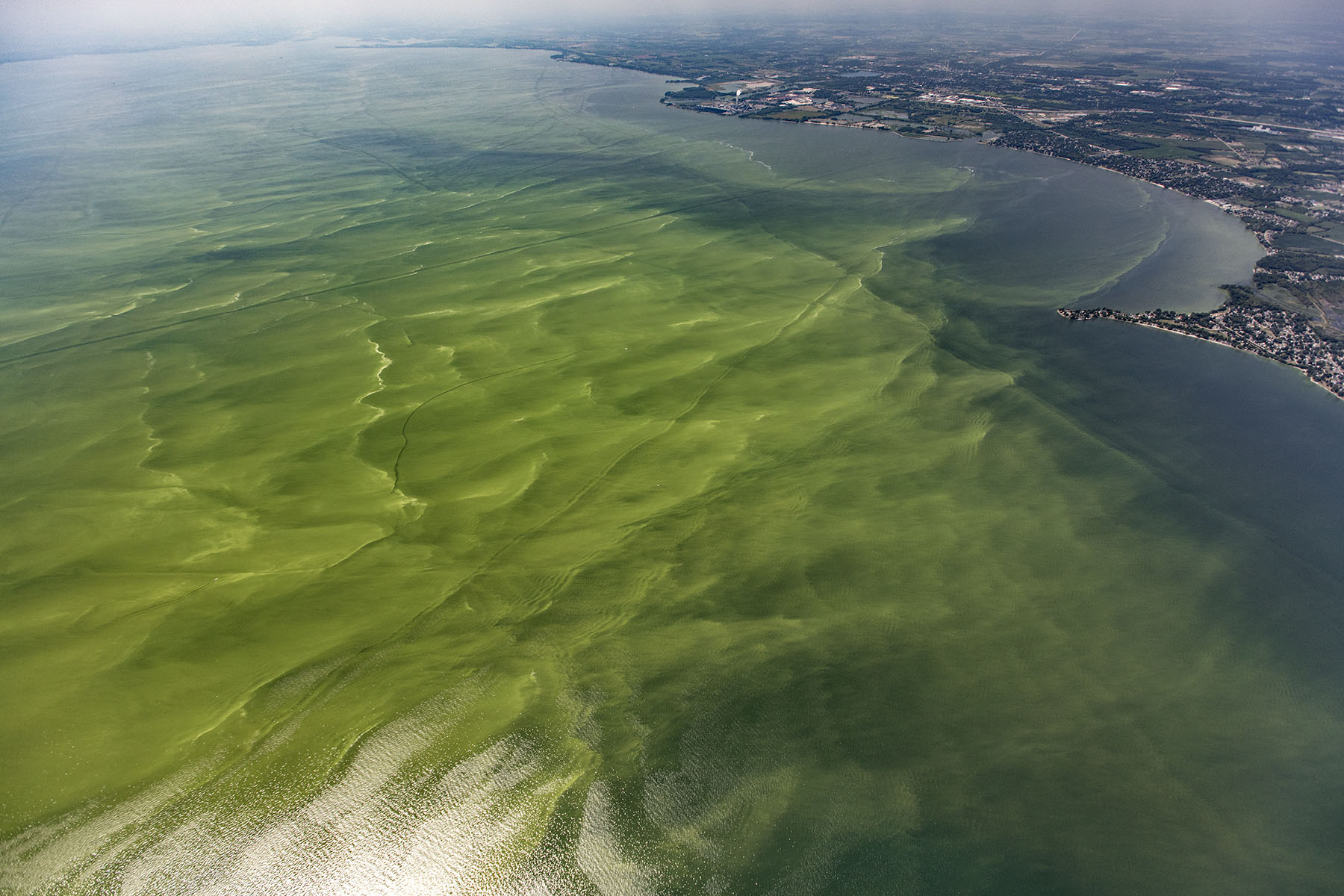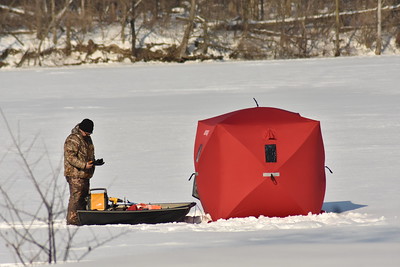
By John Seewer, Associated Press Writer
TOLEDO, Ohio (AP) — Ohio’s new strategy to combat the toxic algae plaguing Lake Erie will focus on reducing agriculture runoff that feeds the yearly outbreaks by offering farmers financial incentives to change their practices, Gov. Mike DeWine said Thursday.
The plan is the first time the state has taken such a comprehensive approach, he said, and will take on the main sources of the pollution by relying on years of research.
Farmers won’t be forced to adopt any of the changes, but DeWine thinks they will buy in because of the incentives and some of the new practices that will save them money.
The Republican governor said that a new strategy is needed because the state’s attempts to reduce the phosphorus that fuels the algae has not shown any improvement since 2014 — the year toxins from a bloom contaminated the water supply for more than 400,000 people in the Toledo area.
“The results have not been what we wanted,” he said, mainly because the state has only spent a fraction of the money targeted for water quality on reducing farm fertilizer runoff, the biggest contributor to the algae in western Lake Erie.
Just months after taking office this year, DeWine proposed putting nearly $1 billion on water quality projects over the next decade.
State lawmakers this summer approved spending $172 million during the next two years for such work.
DeWine’s broad plan didn’t specify how much money will go toward incentives for farmers or other projects. But he said all farmers need to make some adjustments in their operations.
He said the incentives are necessary because without them it’s unlikely the farm community would be able to pay for the changes that are needed.
“We can’t expect farmers to do things that will drive them out of business,” he said. “We need to help them along.”
Several environmentalist groups have said that the state’s reliance on largely voluntary efforts aren’t working. A lawsuit moving through the federal court in Toledo is seeking to force the state to adopt mandatory regulations to prevent the blooms.
Among the solutions the state will concentrate on are encouraging farmers to be more precise in putting fertilizer on fields, using equipment to inject manure and fertilizer in the ground, planting cover crops and adding drainage control structures.
Many of the practices outlined by DeWine have been talked about or are already being adopted, but the difference now is that the state will put more money behind the approaches.
The state also will begin building wetlands to filter pollutants along the Lake Erie shore and farm fields.
Adam Sharp, executive vice president of the Ohio Farm Bureau Federation, said what’s different about the state’s plan is that the agriculture industry came together with environmental groups to help create it.
“That kind of relationship in Ohio wasn’t here before,” he said. “That’s the critical part here that creates a real, long-term opportunity for success.”
DeWine said the state will monitor its progress and track how much farmland is using these new conservation practices, but he cautioned that improvements won’t happen overnight.
Gail Hesse, director of the National Wildlife Federation’s Great Lakes water program, said she liked that the governor’s message included the need for all farmers to participate and an informed approach to get to the solutions.
“Hopefully this will be the right approach at the right scale,” she said.
Featured image: Harmful algal bloom in Western Basin of Lake Erie, Photo by Aerial Associates Photography, Inc. (Zachary Haslick) via NOAA cc 2.0




